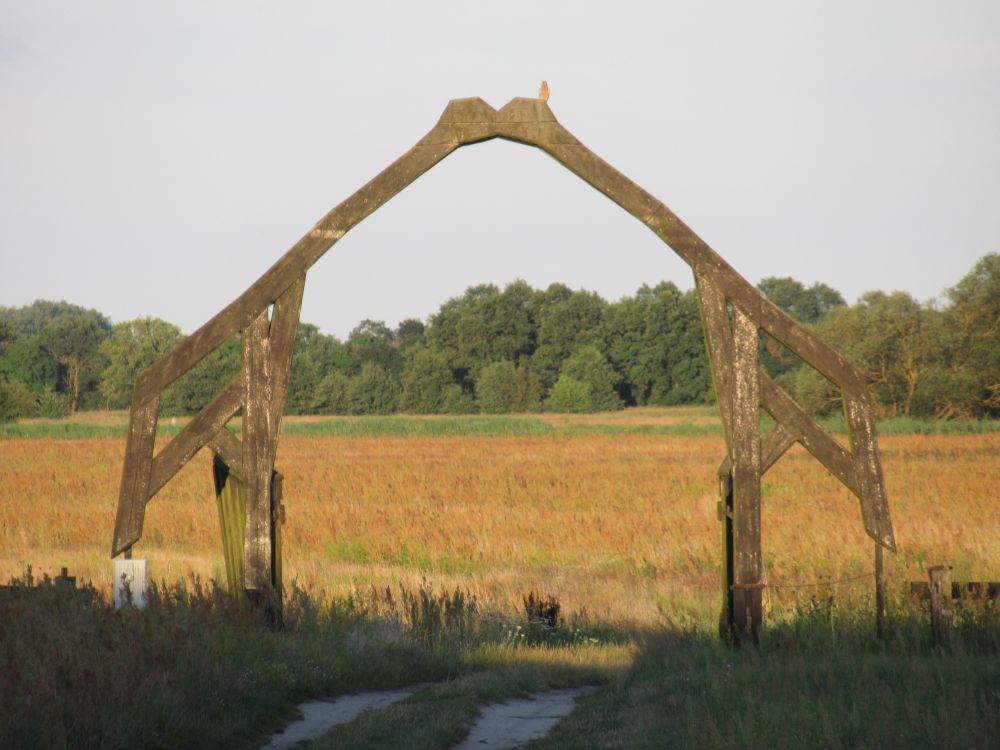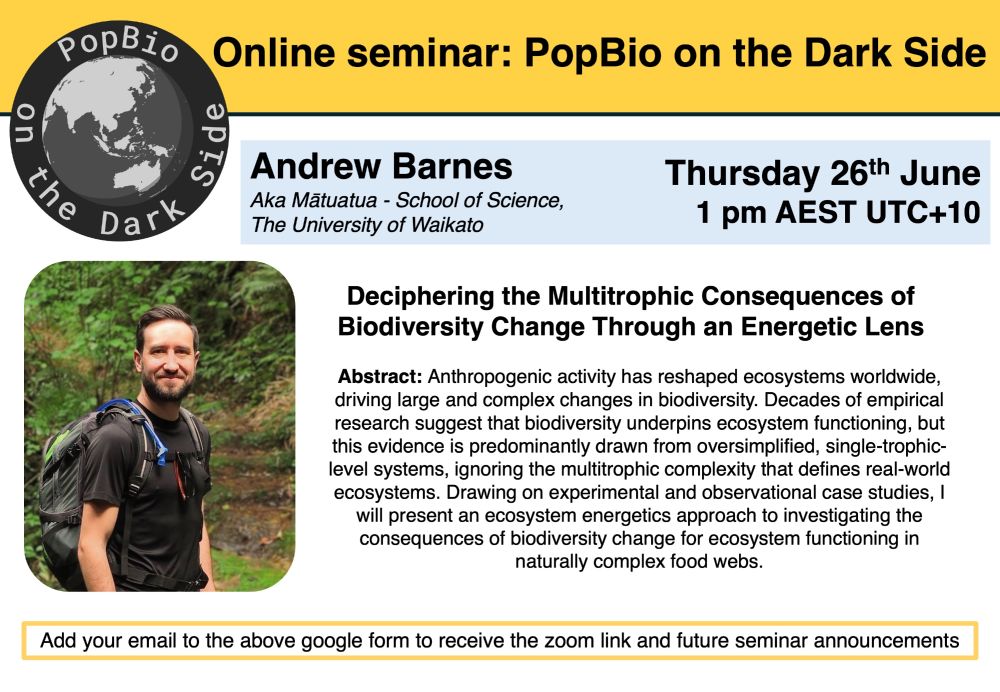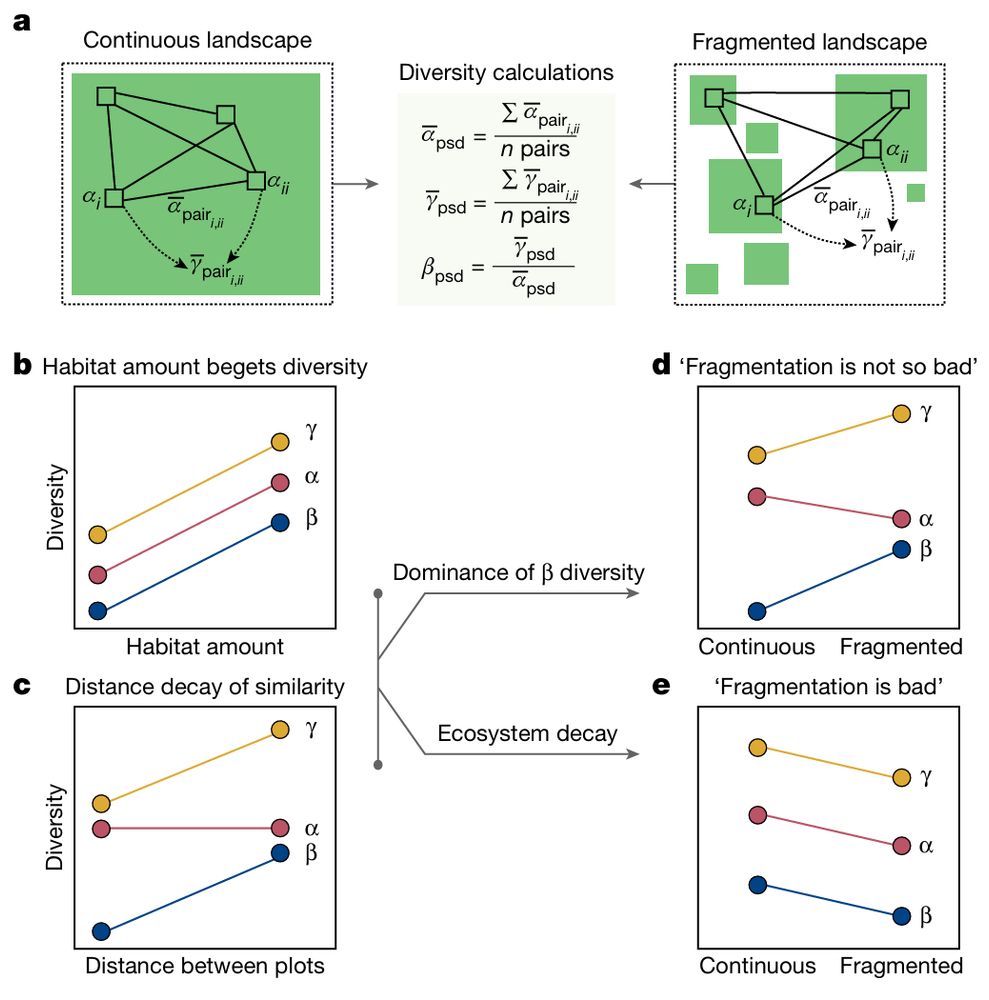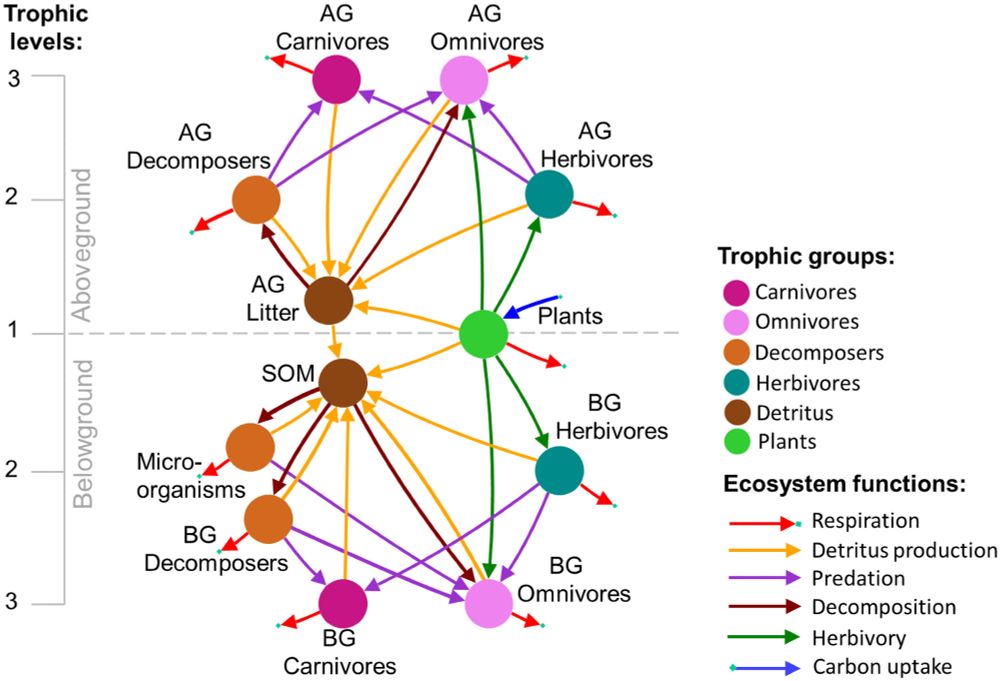Oksana Buzhdygan
@oksanabuzh.bsky.social
350 followers
71 following
18 posts
Community ecology, ecosystem functioning, biodiversity, trophic interactions, energy dynamics, nutrient cycling
Posts
Media
Videos
Starter Packs
Reposted by Oksana Buzhdygan
Reposted by Oksana Buzhdygan
Andrew Barnes
@barnesecodiv.bsky.social
· Jun 23
Reposted by Oksana Buzhdygan
Reposted by Oksana Buzhdygan
Oksana Buzhdygan
@oksanabuzh.bsky.social
· Apr 18

Trade‐offs among restored ecosystem functions are context‐dependent in Mediterranean‐type regions
Global biodiversity hotspots, including Mediterranean-type ecosystems worldwide, are highly threatened by global change that alters biodiversity, ecosystem functions, and services. Some restoration a....
nsojournals.onlinelibrary.wiley.com
Reposted by Oksana Buzhdygan
Matthias C. Rillig
@mrillig.bsky.social
· Mar 28
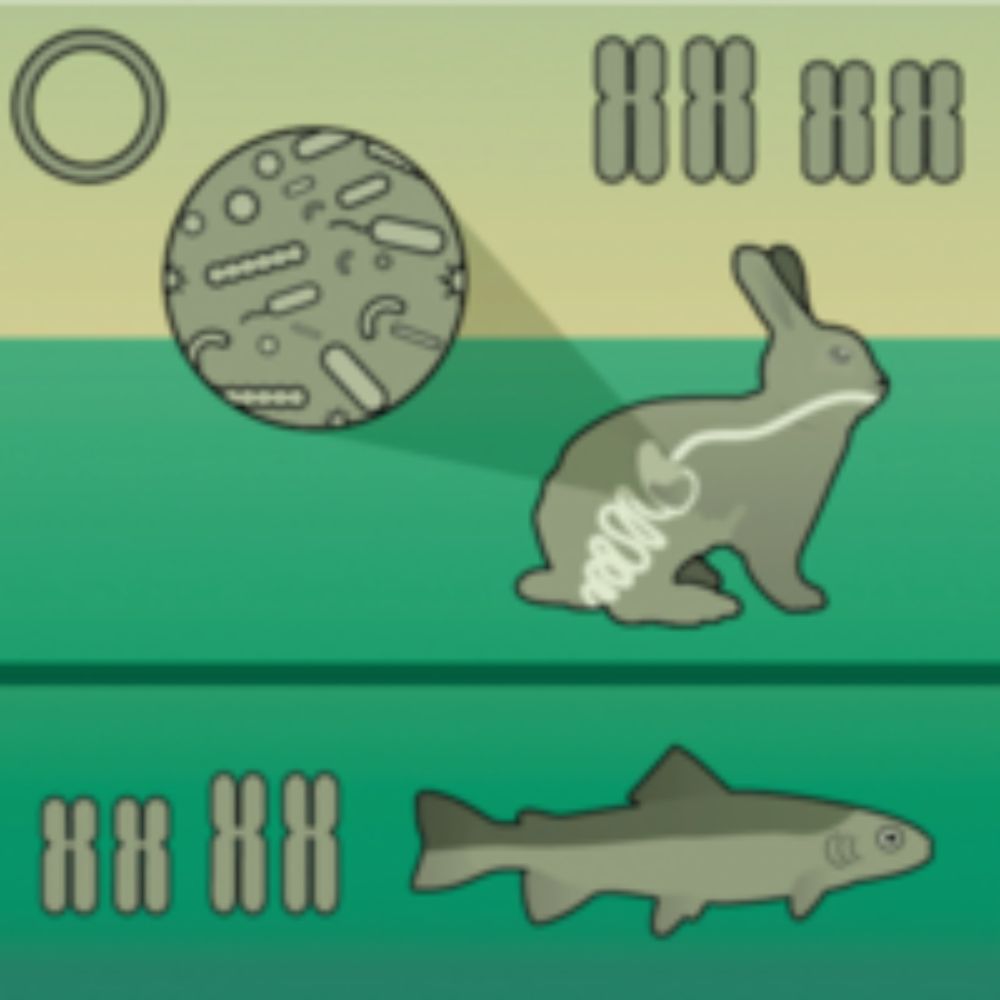
The need for an individual-based global change ecology
Biodiversity loss and widespread ecosystem degradation are among the most pressing challenges of our time, requiring urgent action. Yet our understanding of their causes remains limited because prevai...
ibe.pensoft.net
Reposted by Oksana Buzhdygan
Thomas Hörren
@thoerren.bsky.social
· Mar 26
Oksana Buzhdygan
@oksanabuzh.bsky.social
· Mar 14
Reposted by Oksana Buzhdygan
Reposted by Oksana Buzhdygan
Anna Kuzemko
@anyameadow.bsky.social
· Feb 14

Scale‐Dependent Effects of Plant Diversity Drivers Across Different Grassland Habitats in Ukraine
Our findings support the idea that the responses of biodiversity to climate, soil factors, and litter depend on the size of the sampled area. We have identified main mechanisms behind the scale-depen...
onlinelibrary.wiley.com
Oksana Buzhdygan
@oksanabuzh.bsky.social
· Mar 11


